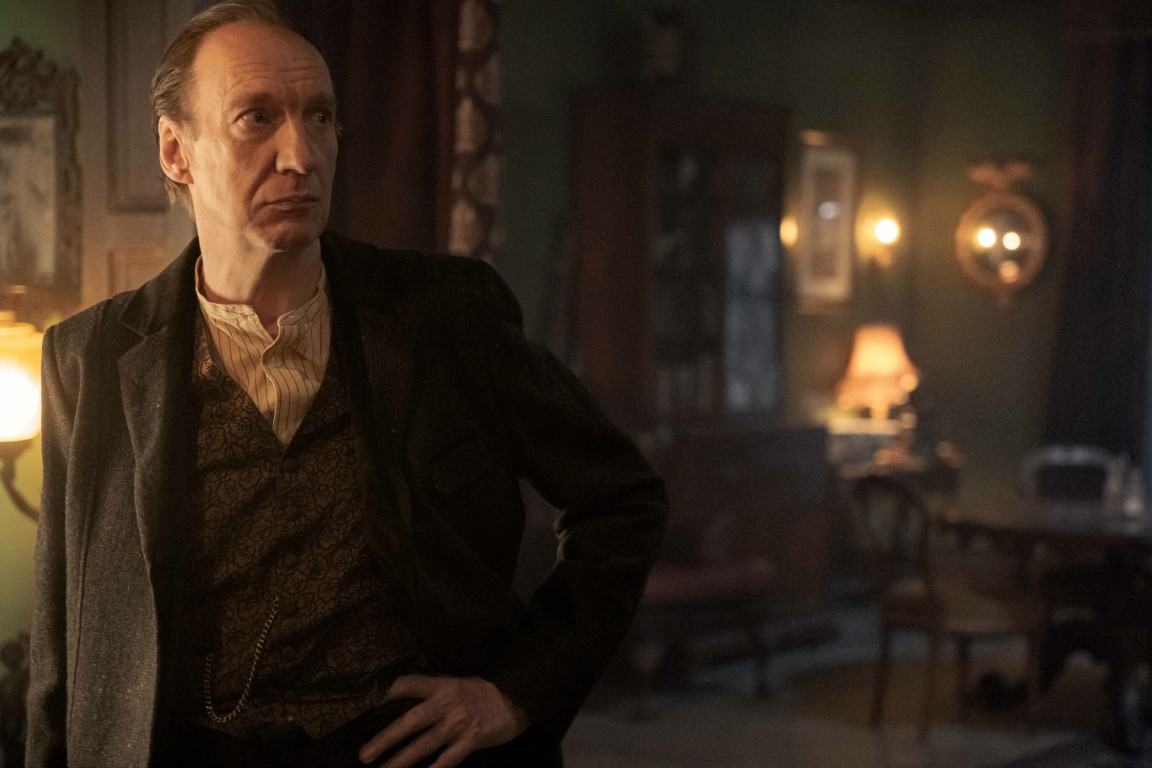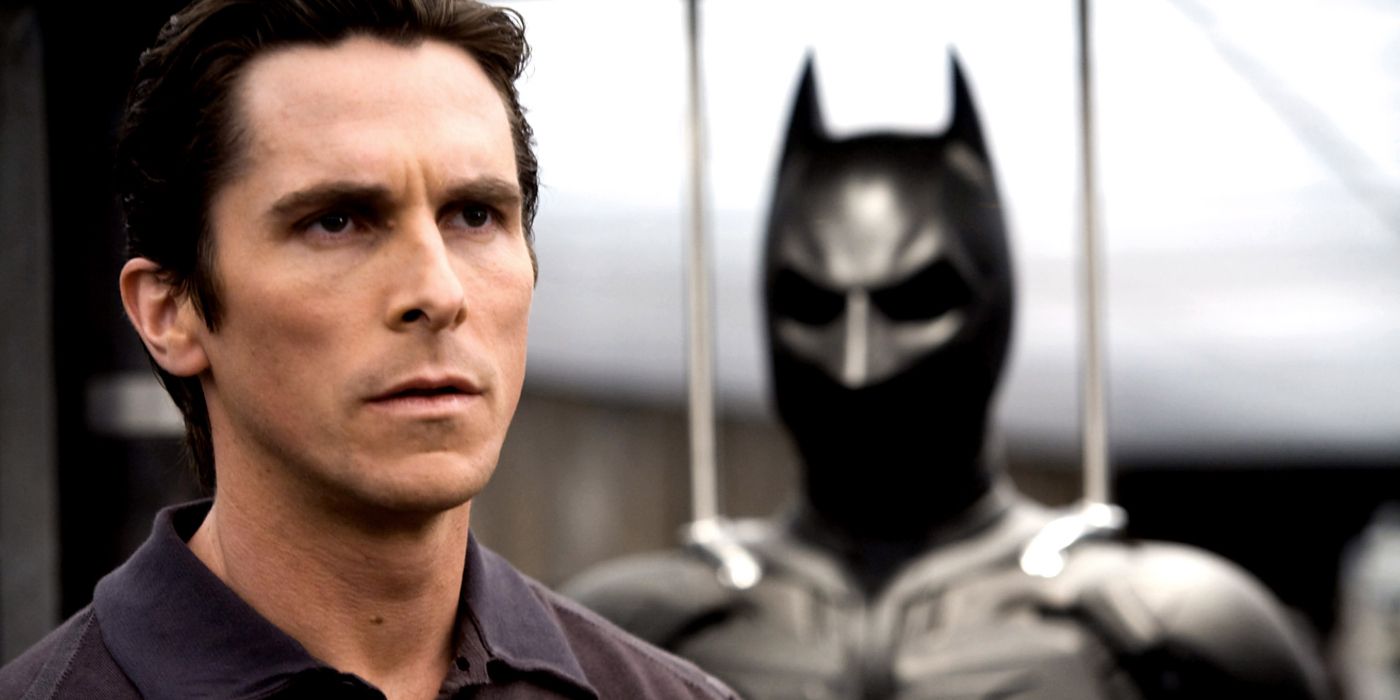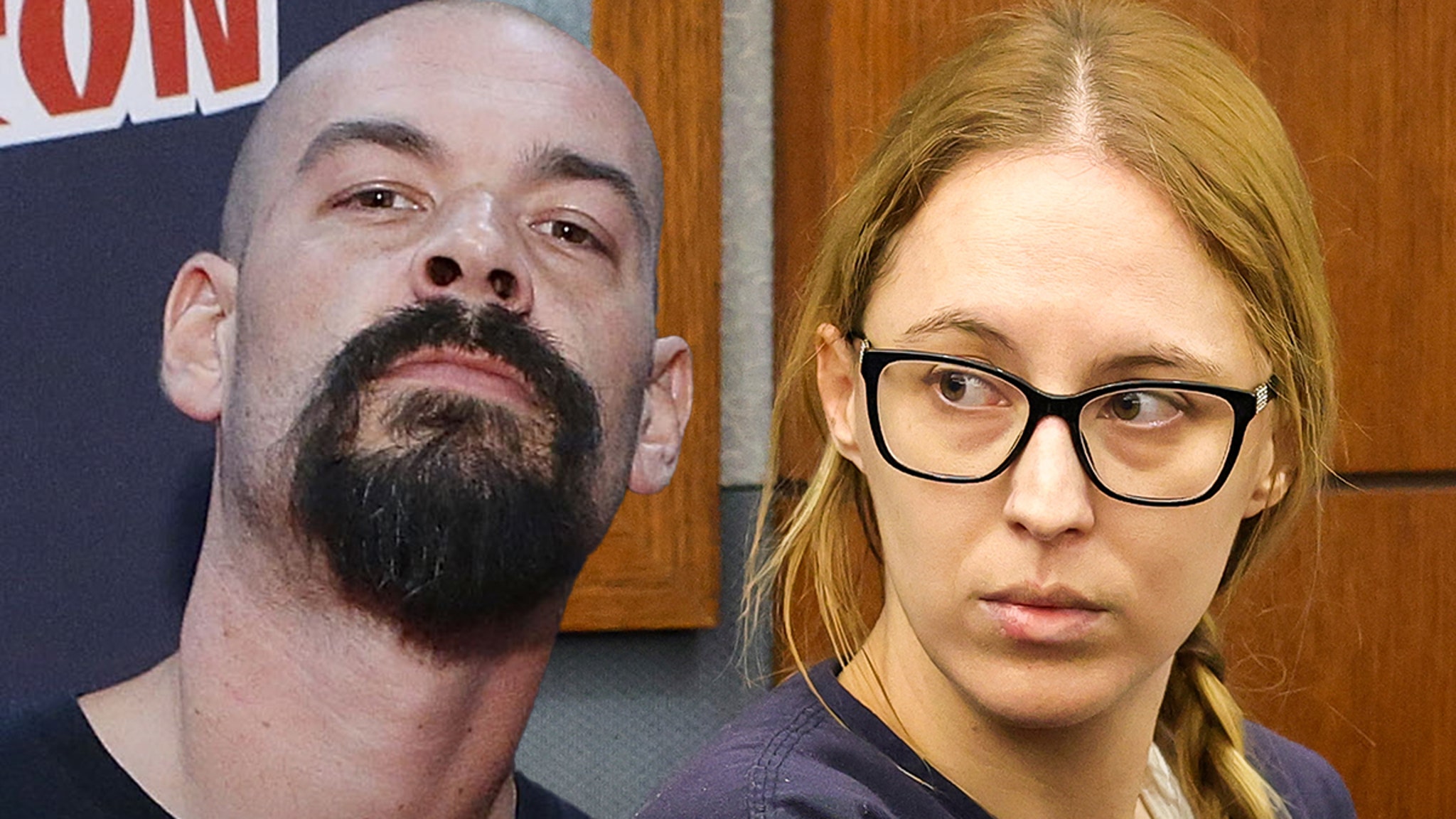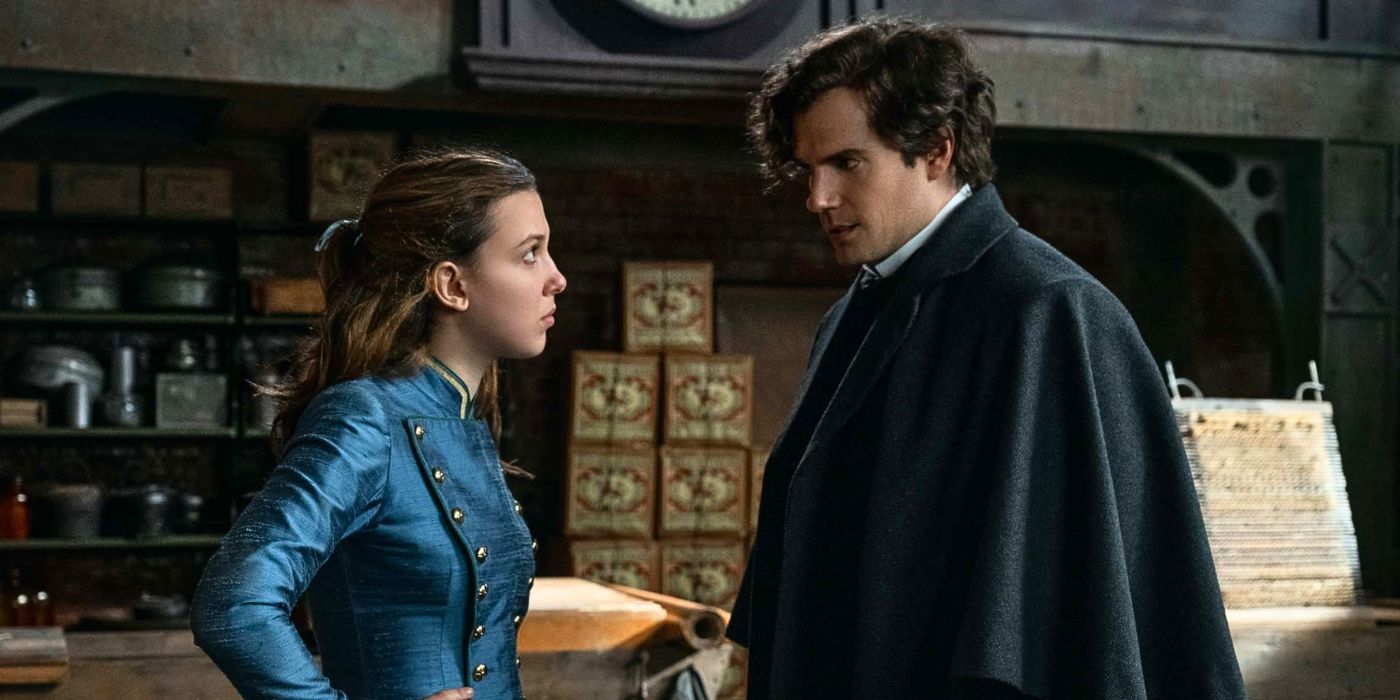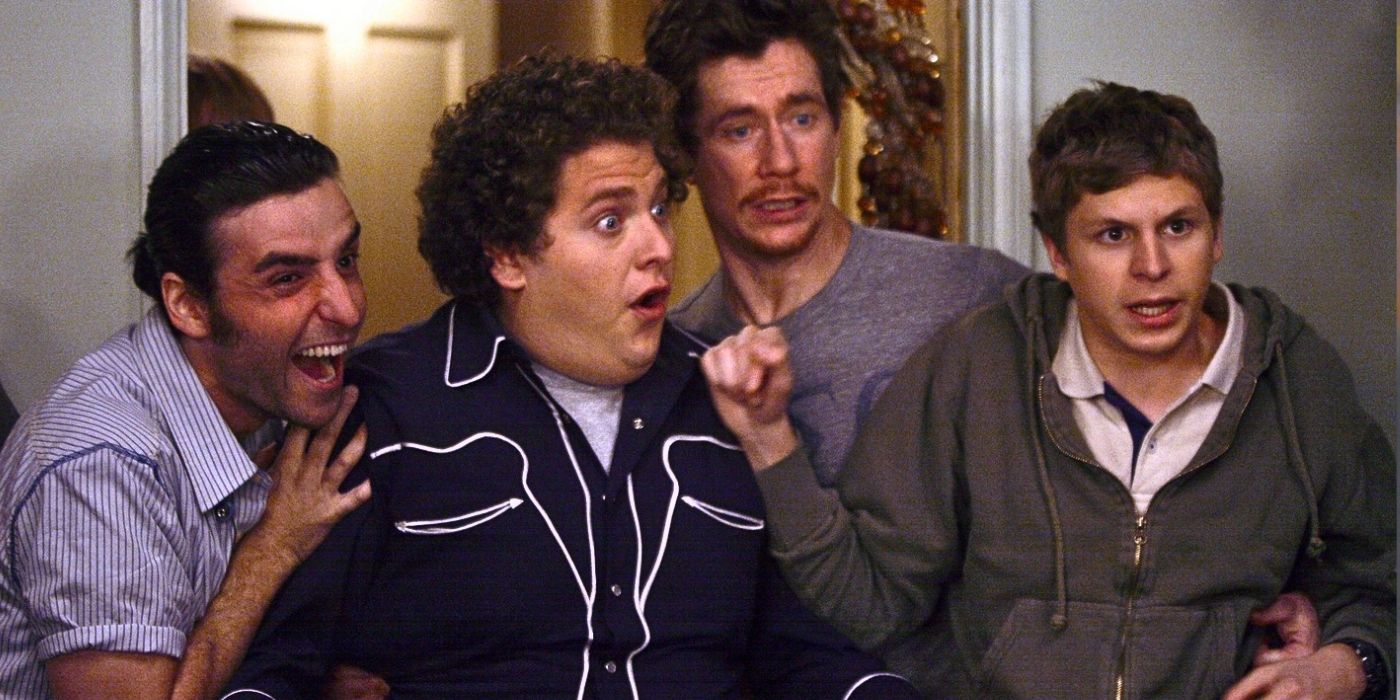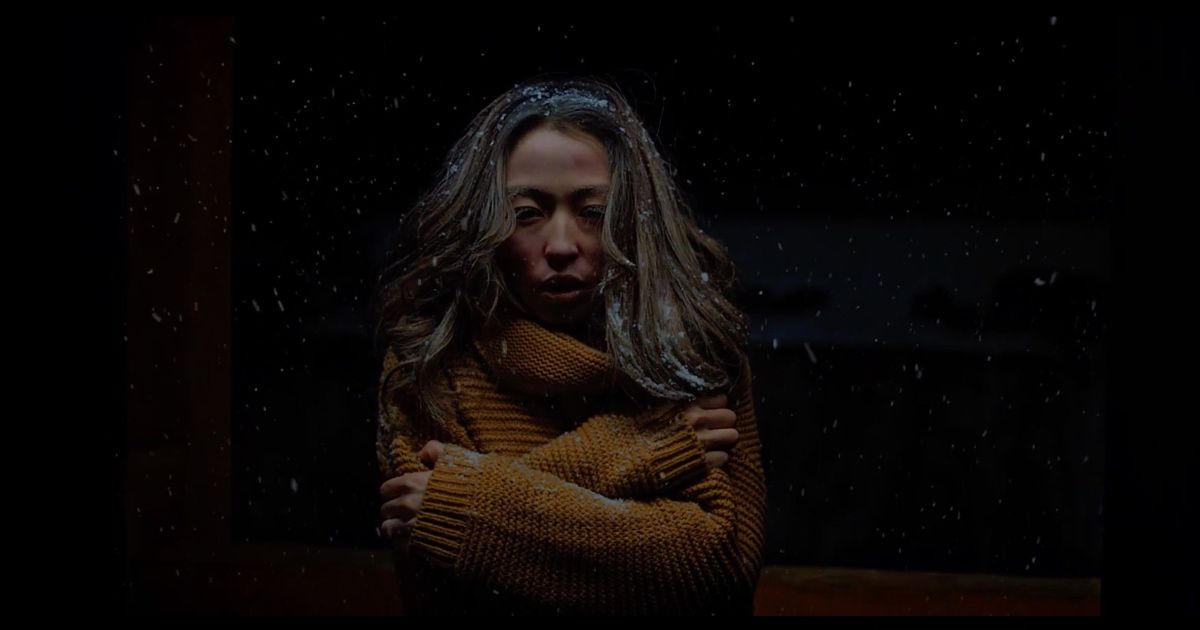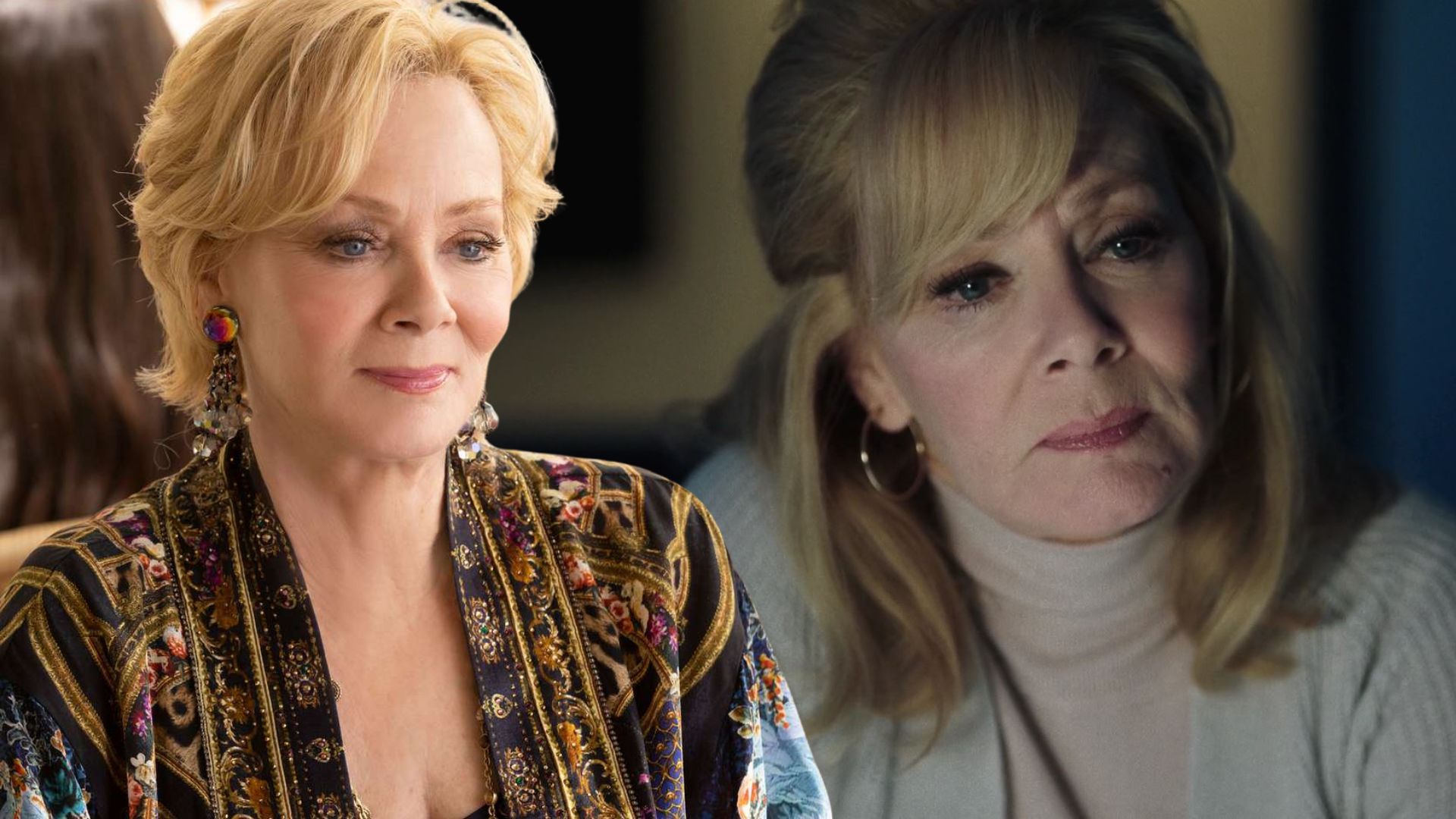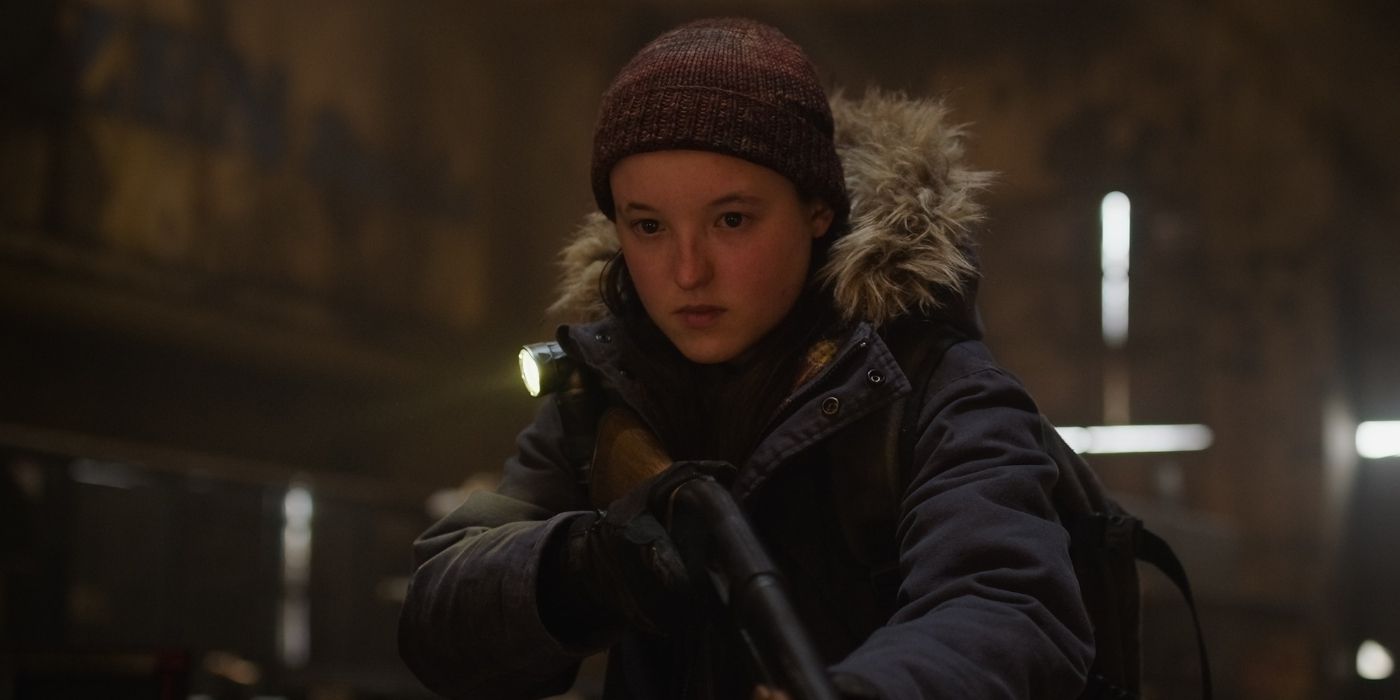Not many are able to say they’re well-versed in the national cinema of Mongolia, a country located above China and below Russia. In early 2023, a movie from Mongolia generated buzz at the Cannes Film Festival, showing that it might be the next big thing the world never expected. The landlocked nation has a deep history when it comes to their reputation in Asia: the Xiongnu and Mongol Empire originated from the grassy plains of the region. After being a satellite state of the Soviet Union, Mongolian cinema still sees the ripple effect from influential Russian movies, as the films from the country are often in a Russian-inspired style and tradition. Few Mongolian movies have gained prominence throughout the years, especially after the democratic revolution in 1990, but the new horror movie Aberrance might be the beginnings of putting this nation on the cinematic world map.
Aberrance is the first Mongolian horror movie to be released domestically in American theaters. East Asian horror movies have had their moment recently, but the world hasn’t had the chance to see a Mongolian horror. Directed by Baatar Batsukh, who has worked as a cinematographer in the past, the movie first had its premiere at Oldenburg before having a chance to screen at SXSW. This serves as Batsukh’s directorial debut, but even if one is half-heartedly watching a movie like this, it is fairly obvious from the get-go he has a background in cinematography. Some horror movies fail to visually captivate, but this one does beautified horror right.
This is a slippery movie about a couple who, after heading for the woods for some downtime, end up in a situation unlike anything else they’ve experienced before. As the film hurtles towards its conclusion, trust can no longer easily be given to anyone. Some may find the journey unsatisfying in some ways, as it can be difficult to follow during its brief running time, but it certainly is a compelling one from a technical standpoint.
A Trip Goes Wrong
Three Flames Pictures
Aberrance begins with an innocent premise: Selenge (Selenge Chadraabal) is heading to the snowy mountains with her husband Erkhmee (Erkhembavar Ganbat), and everything seems idyllic when they arrive compared to the city they’ve left behind. They walk through the home, Erkhmee points out how nice everything is, and how Selenge even has an art studio here. This cabin will be the perfect opportunity for them to unwind and unlock their inner creativity due to the snowy peace surrounding them — until that same exact silence becomes stifling, a reason for Selenge to scream in the bathtub, the sound muffled by water.
The first inkling that something is wrong lies in the young couple’s relationship in itself. When Selenge wanders the halls of their cabin, Erkhmee comes up to her and reminds her that she needs to take her medicine. This becomes a refrain throughout the movie, and when Selenge undresses for the first time, her body covered in bruises and spine jutting out, the underlying tones of violence become even more prominent. Other things, too, seem out of place. Selenge opens the curtains and flinches backwards, spooked by a crow that’s sitting on the windowsill. She steps outside for a bit and spots a bloodied carcass of an animal, only for Erkhmee to find her horrified at what she just saw.
Related: The Best Asian Ghost Movies, Ranked
A nextdoor neighbor notices something is off, too, and begins to investigate on his own. As more people come and go in the narrative, director Batsukh begins to tease out more ideas. These city dwellers come to the countryside expecting to escape from the ideals of their lives in the cities, yet when they come face to face with those from the rural portions of the country, it will create an ideological clash that forces a question of morals. It also is an investigation of our own perceptions at times, too, depending on how a situation is read and decoded by individuals.
By its end, Aberrance clocks in at mere 75 minutes, but it still feels too loose and like it needs tighter narrative construction. Its current form leaves more questions than answers due to the lack of explanations throughout. Aberrance is an ambitious movie with what it tries to achieve, and, unfortunately, it gives way to that same ambition. It twists and turns on itself until it becomes a movie one may no longer recognize, and, despite the beauty, begins to forget where it began.
Mixing Together Various Elements
Three Flames Pictures
With Batsukh’s background in cinematography, Aberrance manages to be visually interesting even when it’s too vague to care about. The setting is a rural cabin located inside a snowy forest, and the only other person who seems to be present is the neighbor, who may or may not be stalking the couple. The acting throughout the film is excellent, as everyone plays their roles in a way where it’s not exactly clear what their motives are. In the first sections of the movie, the neighbor, from the way he is shot on-camera and by his demeanor, seems like a creepy stalker, but when the cards are flipped, suddenly those never suspected before should be under quite a bit of scrutiny.
Aberrance works really well in its first arc. It introduces the characters and the potential situations that we think might evolve from their problems, and an ever-present ticking sound can be heard in the background. But when conflict explodes and the horror elements begin to fall like dominoes, the film doesn’t really seem to know where it’s going. And that would be fine in some circumstances, but because there never really was solid footing to begin with, the movie might’ve benefited from focusing a bit more on one theme versus another.
Related: 20 New Horror Movies That Have the Potential to Become Classics One Day
One of the ending dedications and acknowledgments is towards the American director and filmmaker Darren Aronofsky, which sheds a bit of light on why things end the way they do. Mother! is a movie that clearly comes to mind when watching Aberrance, especially as it hurtles towards its final act. It certainly isn’t predictable by the time the screen fades to black and the credits roll, just like Mother! when it premiered with controversy. Comparatively, Aberrance plays it safer, but is extremely deceptive in how it delivers just that.
A Flimsy Script, But There’s Potential
Three Flames Pictures
Aberrance is one of those movies that chooses to focus on style over substance at times, as the style of filmmaking and editing leans towards more artistic and visual aesthetics. This focus sacrifices the meat of the plot, as the dialogue feels stiff and wooden at times, almost as if it’s just there to keep the story going in particular moments of time. A lot of the deeper plot points are also heavily implied, and the heavy hand on subtlety might not land well for everyone watching. It may lean frustrating, especially when it comes to how it fuses the elements of horror.
But because the script is flimsy throughout, it also downplays the horror. The beginning of the film tries to implement little jump scares, ones that end up terrifying characters like Selenge. When she leaps back in fear at the crow, or the camera lingers on the doorway, asking us who might be on the other side, it doesn’t really feel like the needed tension truly is there. Despite how much the movie tries to lure us back into a sense of normalcy with the arrival of friends or something mundane happening, it lingers in an in-between space constantly of feeling like something is wrong, especially every time Erkhmee and Selenge interact. Some people may like that tension, some may simplyh find it frustrating.
Those who want to dig deeper into Mongolian film and society might find the film fascinating in how it depicts people in contemporary Mongolia — although a portion of the country is nomadic to this day, few know about the urban centers like Ulaanbaatar. It certainly isn’t a movie about life there, nor does it pretend to be, but horror can be a unique lens to scratch the surface and learn about a different country and its culturally specific problems.
Mongolian cinema and filmmakers rarely have their chance to shine on the global stage, especially when it comes to Western theaters and attention, so fortunately there are some really stunning parts of Aberrance. The movie has quite a few visually striking scenes sprinkled throughout it, and there’s quite a bit of promise when it comes to the director’s next works. However, it becomes bogged down by an overemphasis on style (including the soundtrack) and shallow plot, making Aberrance a movie that one might easily forget about with passing of time. Batsukh, on the other hand, might be a director to remember, and film buffs should keep an eye on in his future.
Aberrance is out in theaters on October 6, 2023.
You can view the original article HERE.


